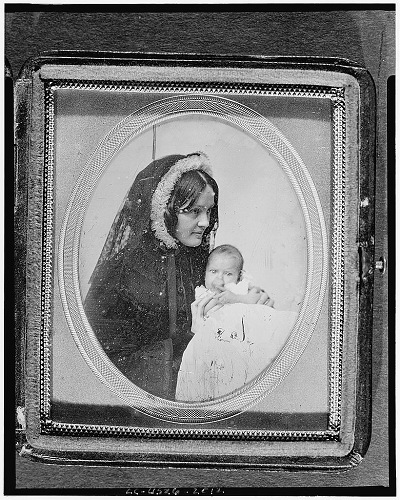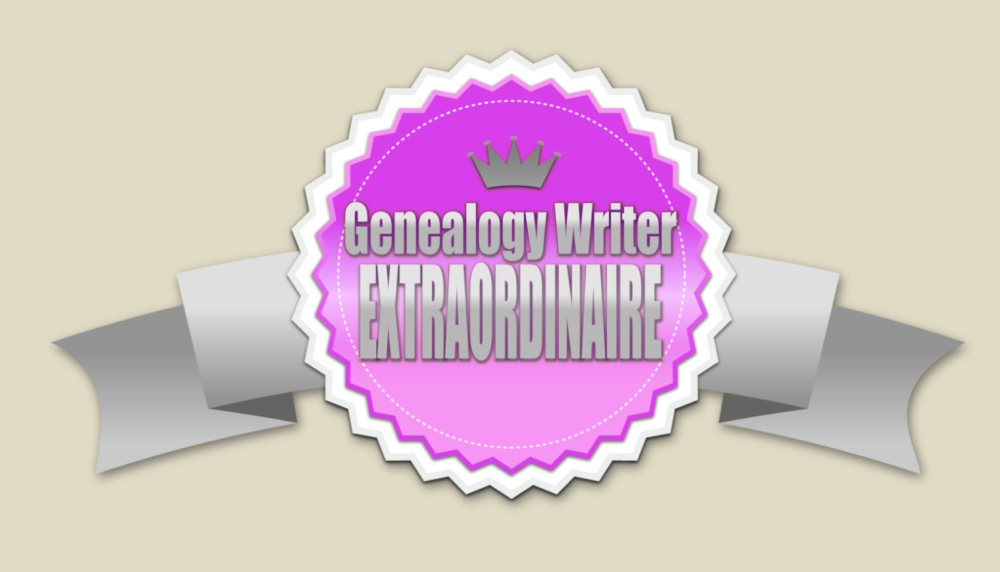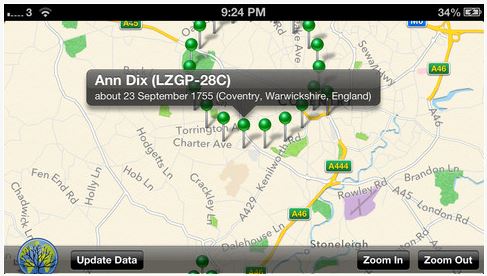by Lisa Cooke | Jun 18, 2013 | 01 What's New, Census, Records & databases
 Hands up, who wants to help prep the 1950 U.S. census for us all to explore?
Hands up, who wants to help prep the 1950 U.S. census for us all to explore?
The 1950 census won’t be released to the public for seven more years, but it took just longer than that to create the locational tools that millions of researchers have used to find their families on the 1940 census.
The dynamic duo of Steve Morse and Joel Weintraub, who produced the locational tools for the 1940 census on the Morse One-Step site, are recruiting 200+ volunteers to help transcribe enumeration district definitions and create urban area street indexes for the 1950 census.
Their “job description” for these volunteers sounds really meaty and hands-on: “These projects aren’t for everybody. Volunteers should have basic computer skills, typing skills, have access to the Internet, be detail people but not perfectionists, be independent workers and able to follow instructions, be patient enough to handle large amounts of information, and be comfortable with projects that may take weeks or months, not hours, to accomplish. You should be able to handle and manipulate images (jpgs) of maps and Enumeration District (ED) definition scans. A large computer monitor would be desirable but not essential. We will provide instructions for carrying out the work, and a place to ask questions. Volunteers may use some free programs to help speed up the entry process. We expect volunteers to make steady progress on their assignments, and we have the luxury of time right now to do it well.”
Learn more about the project here, and try the 1940 One-Step locational tools here.
by Lisa Cooke | May 28, 2013 | 01 What's New, History, Inspiration, Photographs
We live in the era of digital photography–far from the time of the daguerreotype. But that didn’t stop Seattle-based photographer Dan Carrillo from falling in love with daguerreotypes and bringing this art form back to life.
 “There’s something about a daguerreotype that is unlike any other type of photograph, in my opinion the most beautiful form of photography ever invented,” Dan says in a fantastic, four-minute documentary video you can watch below. He learned the craft of daguerreotyping at an Eastman House workshop, then spent a year gathering and building his own equipment. Today he creates photographs he calls “shiny little jewels” using the same laborious process and dangerous chemicals as early photographers.
“There’s something about a daguerreotype that is unlike any other type of photograph, in my opinion the most beautiful form of photography ever invented,” Dan says in a fantastic, four-minute documentary video you can watch below. He learned the craft of daguerreotyping at an Eastman House workshop, then spent a year gathering and building his own equipment. Today he creates photographs he calls “shiny little jewels” using the same laborious process and dangerous chemicals as early photographers.
He likes the idea that the images he creates will outlive him. “It’s so easy to take a picture and forget about it,” he says. “I’m trying to make something that will be a cherished object from generation to generation.” Family historians certainly can appreciate that line of thinking!
Dan Carrillo: Daclotype from Patrick Richardson Wright on Vimeo.
The process of creating a daguerreotype was so laborious that those who used it were constantly tweaking it. According to one site that explains the process in more detail, inventors were able to eventually drop the exposure time from a daunting 15 minutes to less than one minute (who can sit totally still for 15 minutes?). I think it’s interesting that there are more than 480 daguerreotype-related patents at Google Patents. This makes me think differently about those “shiny little jewels” we may come across in our own family photo collections. Daguerreotypes of our ancestors are themselves painstakingly-crafted “genealogy gems!”
by Lisa Cooke | May 23, 2013 | 01 What's New, Inspiration, Publishing, Research Skills
 Do you need a little extra motivation to write your family history? Here it is! The International Society of Family History Writers and Editors (ISFHWE) sponsors an annual writing contest for those who write genealogy for blogs, journals, magazines, newspapers, websites and even for editors of family history newsletters. Winners in each category receive a cash prize and a certificate–and of course, bragging right!
Do you need a little extra motivation to write your family history? Here it is! The International Society of Family History Writers and Editors (ISFHWE) sponsors an annual writing contest for those who write genealogy for blogs, journals, magazines, newspapers, websites and even for editors of family history newsletters. Winners in each category receive a cash prize and a certificate–and of course, bragging right!
The Excellence-in-Writing Competition accepts columns, articles and society or family history newsletters. You can submit unpublished materials and those that were published in 2012. Click here for complete rules and entry information and here for an online entry form. Entries are due by June 15, so polish that piece or pull out that thing you shared with everyone at the holidays or family reunion last year.
by Lisa Cooke | May 22, 2013 | 01 What's New, British, Findmypast, Military, Records & databases

Military image at Findmypast.com.
If you have relatives who have served in the military, why don’t you plan a little extra genealogical web surfing time this week? Here are two sites offering free temporary access to records:
1) In honor of Memorial Day in the United States, findmypast.com is offering free searching of its collection of U.S. and international military records from midnight EDT on Thursday, May 23 until midnight EDT on Memorial Day, Monday, May 27.
Findmypast.com hosts over 26 million military records, with an emphasis on 20th-century records. That’s a plus for U.S. military records because so many from the 20th century were destroyed in a huge fire at the National Personnel Records Center in 1973. For the U.S., you’ll find World War I draft registration cards; World War II Army enlistments and prisoner of war records; Korean War casualties and POWs; Vietnam War casualties and even “casualties returned alive” (people thought to be dead but who came home) and an Army casualty file for 1961-1981.
There’s a much longer list for military records for the U.K. and Australasia, and a short, separate list of Irish military records. I’m guessing many of you in the English-speaking world have relatives who appear in these records.
Anyone can access these records by registering at findmypast.com.
2) In honor of Memorial Day next week, MyHeritage is granting free access to millions of military records from their most popular collections. The records can be accessed from here.
The free offer ends on May 28.
The collections will help you journey back in time to some of the most important conflicts in world history, which impacted American families as well as millions of families worldwide.
Here is the link to their official blog post – http://blog.myheritage.com/2013/05/memorial-day-free-access-to-us-military-records/
by Lisa Cooke | May 21, 2013 | 01 What's New, FamilySearch, Inspiration, iPad, Maps, Technology
A new app for FamilySearch.org users lets you map your ancestors’ birthplaces. It retrieves information about your ancestors from your data at FamilySearch.org. It’s called Family Map and it looks like this:

Family Map app for FamilySearch.org users.
While there are lots of maps online, it’s fun to see your relatives all mapped at once (with no extra effort from yourself). This tool is especially great for sharing your family history with relatives. They can see at a glance your family migration patterns, remark on the number of people who stayed in the old hometown (or didn’t) and put themselves in context.
Thanks to Devin Ashby at FamilySearch for tipping me off to this app. The app is FamilyMap – Scoutic and is available
on iTunes for $1.99.
 Hands up, who wants to help prep the 1950 U.S. census for us all to explore?
Hands up, who wants to help prep the 1950 U.S. census for us all to explore?







